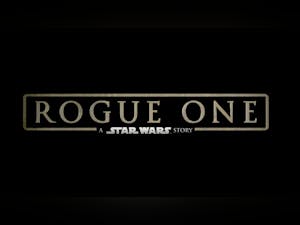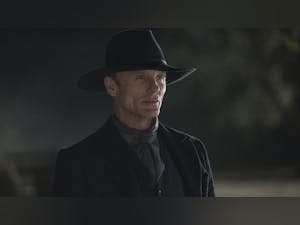From: The Scene Blog
Miss Peregrine’s Home for Peculiar Children: The Book Series vs. The Movie
It’s a pretty common thing today for young adult (YA) novels to get a silver screen adaptation. It makes sense; the most prominent movie-going demographic, according to the MPAA 2015 Theatrical Statistics Summary, are young people ages 12 to 17. Young adults who are loyal to a franchise basically guarantee the studio an audience for their film, meaning easy revenue.
Problems arise when trying to adapt books to a single movie. Often YA novels are part of an overarching series (e.g. the Divergent trilogy, the Twilight books and the Hunger Games trilogy). These book series were adapted into films, with varying degrees of success, and attempted to launch full blown movie franchises. While the payoff can be huge, breaking up a story between films can be risky for studios that are unsure if a film will be profitable.
This uncertainty greatly affected the recent movie Miss Peregrine’s Home for Peculiar Children, directed by Tim Burton and released in theaters on Sept. 30. The entire story had to be condensed and molded in order to fit into one film, but still leave it open-ended enough for a sequel, causing the majority of the differences between the novels by Ransom Riggs and the film. If you have not seen the film, check out our run-down here.
Jacob (Jake) Portman
The entirety of the Peculiar Children series is told from Jake’s perspective, so adapting it to film was bound to change the dynamic at least a little. In the book, Jake was an uncertain, unsure rich kid suddenly thrust into a leadership role where every decision was life or death for him and his newly found friends. The first-person narration allows for the reader to access Jake’s headspace and his insecurities.
That insecurity is touched on in the movie, but it lacks the same depth. Instead, the audience is just told that Jake (Asa Butterfield) is a coward, but then sees him rise to the occasion to battle the hollows. In both the books and the movie, Jake’s fear and anxieties come from the real trauma of seeing his grandfather die, but only the series had the space to dedicate to acknowledging this.
Emma Bloom
Emma (Ella Purnell) was one of the characters that changed most drastically in the transition between book and movie. Her peculiarity, the ability that defines her, changed from fire power in the book series to air power in the movie. In a sense, she and another peculiar girl, Olive, swapped abilities.
Like the rest of the peculiar children, Emma lost a bit of her spark in the film. The book series made Emma out to be a leader for the younger peculiar children and a motivating force for Jake. In the movie, her character was much more watered down: her most important task became placing a chipmunk back in a tree at the same time every day. Emma faded to the background in the film, reliant on Jake’s plans rather than having the agency to form her own.
Alma LeFay Peregrine
Though the essential character of Miss Peregrine remains consistent from books to movie, she is definitely Burton-ized in the film. Eva Green portrays a whimsical Miss Peregrine and the film focuses on her ability to control time, only adding to her quirkiness. Throughout the movie, she is shown to be able to predict events down to the second and even turn back time with her pocket watch. The book’s Miss Peregrine is more stoic and formal, emulating the Victorian times she was born into more than the 1940s time period she and her wards live in.
The Villain
Opposite of Miss Peregrine, the Peculiar Children movie’s main inconsistency from the books is its villain Mr. Barron (Samuel L. Jackson). In the book series, the force antagonizing the children is more of an evil organization than a single person, at least until the end of the second book. The movie, however, needed a clear enemy to fight against and thus created Mr. Barron, a mad scientist who accidentally turned himself and his colleagues into cannibalistic monsters in their quest for immortality.
This choice eliminated the backstory involving Miss Peregrine, her immoral brothers, and a quest for ultimate power disguised as a social movement against the matriarchy that governed the peculiar world.
Since the movie created its own villain, it takes a radical departure from the books after the villain’s eventual defeat. The Peculiar Children movie views the time travel aspect of the universe in a much more traditional, cinematic sense: events in the past change events in the future. Due to this aspect, the film resurrected Jacob’s grandfather, unlike in the books.
The reason for these plot differences may lie in the fact that the Peculiar Children film was already in production by the time the final installment in the book trilogy, Library of Souls, was released in September 2015. Whatever the reasons for the alterations, the Miss Peregrine’s Home for Peculiar Children film did succeed in creating a story unique to itself as well as the opportunity for sequel adaptations. However, the movie sacrificed the backstory and characters that made the books so captivating -- a mistakes that makes the film difficult to watch.




